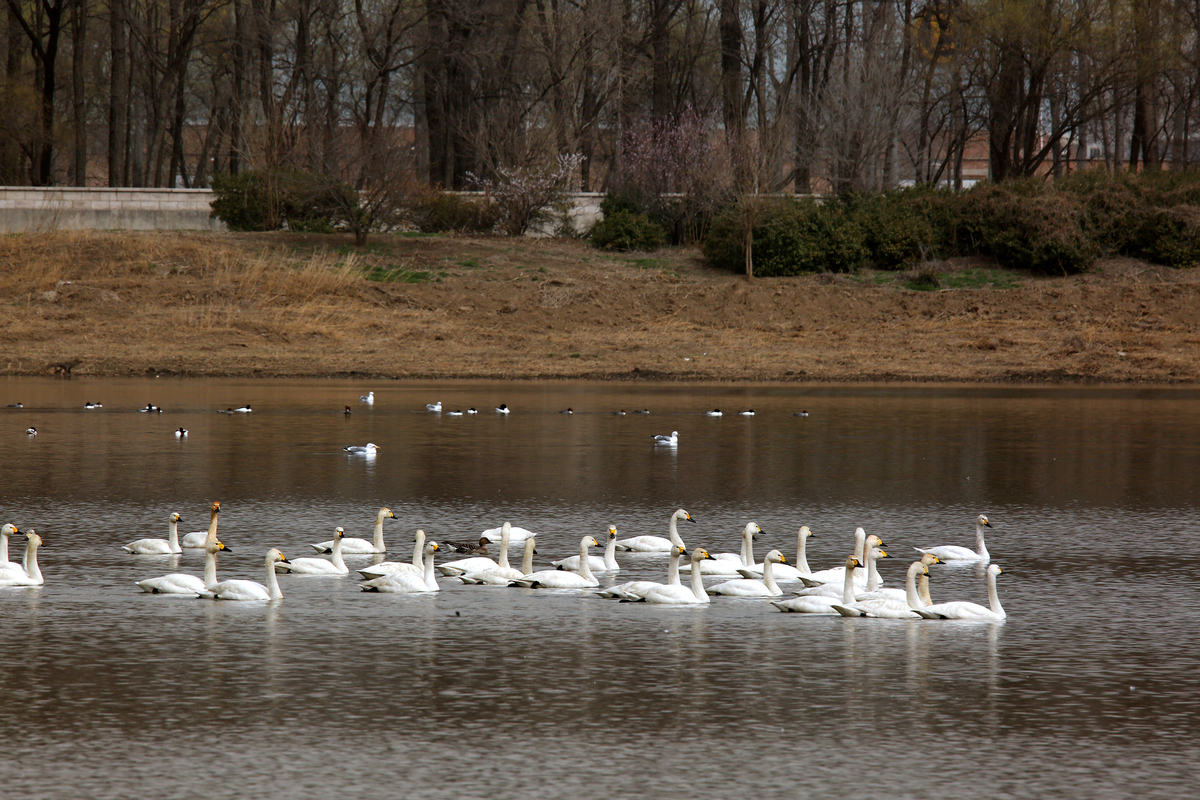Capital extends helping hand to wildlife


Public participation
As of this month, the Chinese capital was home to more than 500 species of terrestrial wildlife, up from 461 in 1994, according to the Beijing Gardening and Greening Bureau.
Shi Yang, senior engineer and director of the Beijing Wildlife Rescue Center's wild animal department, said that last year alone, the center treated 1,189 such animals from 140 species.
"The rare species we rescued and treated were mostly found by Beijing residents," Shi said.
He added that nearly every year from April onward, the Beijing swift, a small bird, frequently appears at the rescue center.
Shi usually gives these birds food six times a day every two hours. He strokes them, waiting for them to open their mouths, before popping the food in.
The birds, which have thin white lines on their breasts and four short claws, epitomize Beijing's avian diversity. The Beijing swift is a regular inhabitant of the city's palaces, temples and ancient towers.
In April, the swifts arrive in the city to breed, moving on to southern Africa in early August.
Shi said:"Beijing residents are familiar with the swift. In recent years, I have received a rising number of calls from people across the capital saying they have found injured swifts and want us to treat them.
"The number of volunteers eager to treat wildlife at the rescue center is rising and I sense that more people are learning about the lives of wild creatures in the city."
Beijing resident Wang Tian, 28, co-founder of an environmental protection studio, said he became committed to safeguarding different species after a group of high school friends encouraged him to take part in wildlife exploration activities.
"Since then, I have developed the habit of telling people about wild animals," he said.
























